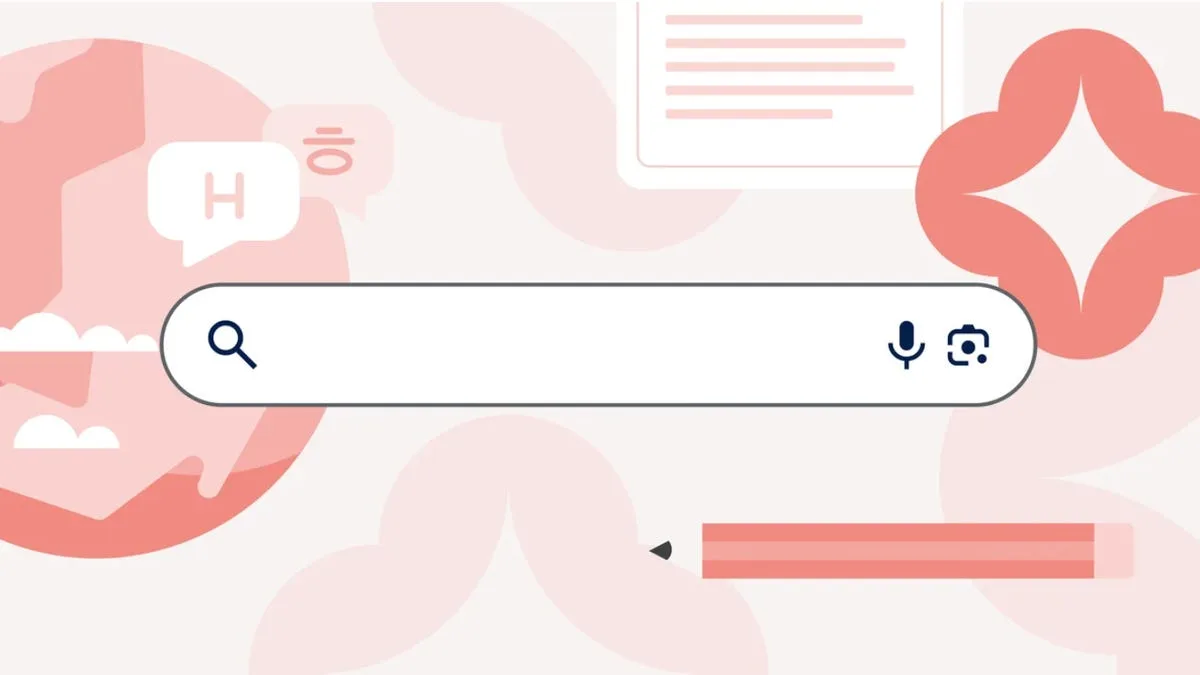Apple Unveils Major Enhancements to Operating Systems at WWDC
On Monday, Apple announced significant upgrades to its operating systems during the annual Worldwide Developers Conference (WWDC). These updates feature overhauled visual elements, a revamped naming system for software updates, and exciting new features in the Apple Intelligence suite.
Introducing Liquid Glass Design Language
Apple is rolling out a new “Liquid Glass” design language across its software platforms. This design brings sleek translucence and a glass-like shine to app interfaces, enhancing user experience.
Inspired by VisionOS
Taking cues from its Vision Pro augmented reality device, this new design adapts to light and dark modes and utilizes real-time rendering to react dynamically to user movements.
Comprehensive Design Implementation
The new aesthetic will be integrated into buttons, sliders, media controls, and larger elements like tab bars and sidebars. Additionally, toolbars and navigation will be redesigned to align with this fresh look.
Support for Developers
Apple is releasing updated Application Programming Interfaces (APIs) to allow developers to prepare their apps for the upcoming design implementation later this year.
Changing iOS Naming Conventions
This year’s major iOS update was initially slated to be called iOS 19, following the previous iOS 18. However, Apple is changing its naming convention; future iOS versions will be named based on their release year, similar to automotive industry practices.
Visual Overhaul of Core Apps
As part of the redesign, several core applications are receiving significant visual updates. The Phone app will now include a call screening feature that can answer calls or wait on hold for users.
Updating Messages for Customization
The Messages app will also receive updates, including customizable chat backgrounds to enhance personalization.
Empowering Developers with Generative AI
Apple is introducing generative AI capabilities into its Xcode coding tools to assist developers in writing code efficiently, testing it, and fixing errors. The integration of models such as ChatGPT into Xcode promises to streamline app development significantly.
Innovations in Apple Intelligence
New features in Apple Intelligence include Live Translation, which employs on-device AI models to translate conversations in real-time across text messages, phone calls, or FaceTime.
Apple Pay Enhancements
Apple Pay is set to benefit from Apple Intelligence integration, allowing it to track orders for purchases made outside of the Apple Pay ecosystem.
Introducing Image Playground
The Image Playground feature is receiving an upgrade, enabling users to generate images with support from OpenAI’s ChatGPT.
Foundation Models Framework for Developers
Apple is now permitting developers to leverage its on-device foundational model for their own applications. The new Foundation Models framework encourages the creation of intelligent, privacy-focused experiences that can function offline.
Visual Intelligence Enhancements
With Visual Intelligence, users can explore the content displayed on their iPhone screens more effectively. The tool can search across Google, Etsy, and other applications to find visually similar images or products.
Calendar Suggestions based on Events
If Visual Intelligence detects a user is viewing an event, the upcoming iOS 26 will suggest adding it to their calendar, making scheduling more intuitive.
Accessing Features on iPhone
This innovative feature can be accessed using the same button combination utilized to take a screenshot on an iPhone, enhancing user familiarity.
Conclusion
With these substantial enhancements, Apple is setting the stage for a more user-friendly and visually appealing experience across its devices. By integrating generative AI and visual intelligence into its core functionalities, Apple continues to push the envelope in the tech landscape.
FAQs
A1: The new design language is called “Liquid Glass,” focusing on sleek translucence and a glass-like shine.
A2: Future iOS versions will be named based on the year of their release, moving away from the traditional numerical sequence.
A3: The Phone app will now include call screening capabilities to manage calls more effectively.
A4: Live Translation will use on-device AI models to translate conversations in real-time, applicable to text messages, phone calls, and FaceTime.
A5: The Foundation Models framework allows developers to create intelligent, privacy-focused apps utilizing Apple’s on-device foundational models, functioning offline.







